User Experience (UX) and User Experience Design (UX Design) refer to how users feel when interacting with a product or service. It’s a crucial aspect because a well-designed user experience leads to satisfied, loyal customers, while a poor user experience design drives users away.
Table of Contents
In this article, we will explain what user experience means, its key components, and why User Experience Design matters for users and businesses.
Understanding User Experience Design is essential for creating products that resonate with users. User Experience Design focuses on enhancing the overall journey of a user and ensuring every interaction adds value.
Key Takeaways
- User Experience (UX) is all about enhancing the totality of interactions users have with a product or service, focusing on creating intuitive and enjoyable experiences.
- UX design is distinct from UI design; while UX emphasizes the overall satisfaction and journey of users, UI focuses on the aesthetic and interactive elements of a product.
- Good UX leads to increased customer satisfaction and loyalty, driving business success; investing in quality UX can correlate with significant improvements in conversion rates and revenue.
Understanding User Experience (UX)

The importance of User Experience Design cannot be overstated; it bridges the gap between the product’s functionality and user satisfaction.
User Experience (UX) and User Experience Design encompass the totality of interactions a user has with a product or service. It’s about designing and enhancing these interactions to provide intuitive and enjoyable experiences for all users. User experience professionals primarily focus on creating and enhancing digital products. They aim to ensure that interactions are both efficient and satisfying.
But what exactly defines user experience? We’ll explore its definition, the role of human-system interaction, and its emotional impact.

In User Experience Design, it is vital to consider every touchpoint a user has with the product.
Defining User Experience
User Experience (UX) and User Experience Design refer to any interaction that a user has with a product. It encompasses the overall user experience covers with a service as well.
It covers various aspects, including:
- discovering
- purchasing
- setting up
- using
- updating
- replacing a product
Essentially, UX involves everything an end user does related to the product, encompassing user flows, workflow fit, and interactions over time.
This holistic view of user experience doesn’t just focus on a single interaction or device but considers the entire ecosystem of a product.
By investing in User Experience Design, businesses can create meaningful interactions that lead to higher customer satisfaction and loyalty.
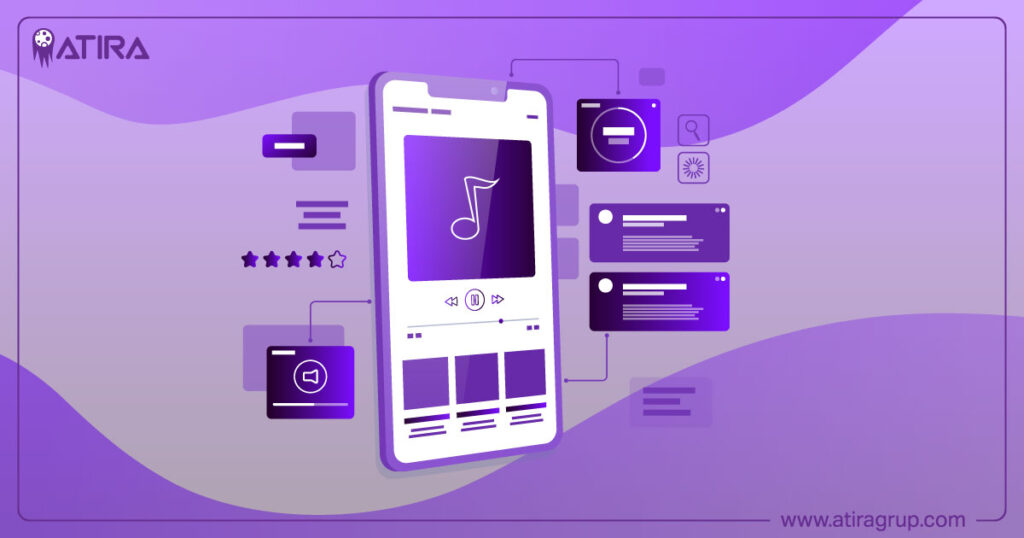
A common misconception about UX design is that it’s solely based on aesthetics. While visual appeal is important, UX design is fundamentally about understanding human needs and creating meaningful, positive experiences. It involves a human-centered approach, focusing on navigation ease, usability, and content relevance. The overall user experience encompasses every touchpoint between the customer and the company, ensuring value is delivered at each stage of interaction.
The focus on User Experience Design is not just about aesthetics; it’s about creating an intuitive and enjoyable user journey.
Enhancing UX brings value to both businesses and customers. Businesses benefit from increased customer retention and satisfaction, while customers enjoy a seamless and pleasant interaction with the product. This balance of business and customer needs is what defines user experience and underscores its importance in today’s digital landscape.

The Role of Human System Interaction
The term ‘user experience’ was introduced by Don Norman, who emphasized the importance of empathizing with users to enhance product accessibility and usability. Usability is a critical aspect of UX, focusing on how easily and efficiently users can complete tasks and achieve their goals with a product. It’s considered the cornerstone of user experience because if a product isn’t usable, the experience of using it can never be good.
User experience design is a holistic process that not only includes the product’s usability but also considers users’ emotions and perceptions during interactions. The primary goal of a UX designer is to solve problems and improve usability and accessibility, which collectively enhance user satisfaction.
Bad User Experience Design can lead to frustration; therefore, it is crucial to prioritize effective UX strategies.
Prioritizing human-system interaction helps UX create intuitive and effective user interfaces, facilitating seamless interaction between users and products in the realm of human computer interaction and interactive systems.

Emotional Impact of UX
UX design focuses on shaping the user’s emotions during the entire experience with the product. Positive emotional responses can significantly enhance user engagement and satisfaction, making the interaction with the product enjoyable and memorable. For example, seamless website navigation or an intuitive app layout can significantly enhance a user’s perception of the product.
On the flip side, bad UX can lead to negative emotional responses such as frustration and confusion, which can ultimately harm a brand’s credibility and user trust. Imagine trying to navigate a website with poor usability – broken links, cluttered interfaces, and slow load times. Such experiences can leave users feeling alarmed or annoyed, driving them away from the product.
As a result, UX design should evoke positive feelings and avoid negative ones, accounting for emotional responses. This emotional connection is what often differentiates a good user experience from a bad one. By understanding and designing for these emotional impacts, UX designers can create products that not only meet functional needs but also resonate emotionally with users.
Key Differences: UX vs. UI

While UX design encompasses the overall user journey, UI design is primarily concerned with the layout and visual aspects of a product. Understanding the distinction helps appreciate how each contributes to the overall user experience.
We will delve into the specifics of UX vs. UI design and how UI supports UX.
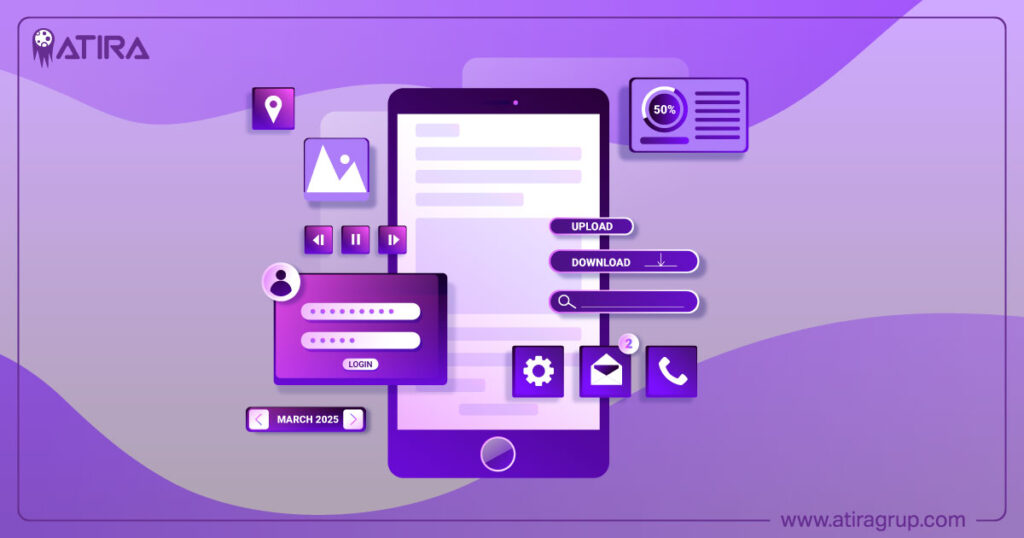
UX vs. UI Design
User Experience (UX) design is concerned with how enjoyable and intuitive a product is for users, while User Interface (UI) design deals with the visual components of the product. UX focuses on the overall satisfaction a user derives from a product, encompassing their entire journey from start to finish. This includes understanding user needs and creating an effective overall experience that addresses those needs.
In contrast, UI design is specifically about the layout and interactive elements of the product. It involves crafting visually appealing interfaces that users engage with directly. UI designers concentrate on the aesthetic aspects, such as color schemes, typography, and button styles, ensuring that the interface is not only attractive but also functional.
While UX aims to enhance user satisfaction through usability, UI focuses on creating visually attractive and interactive elements. Both are essential for a successful product, but they serve different purposes. UX design prioritizes understanding user interactions and improving the overall experience, whereas UI design emphasizes aesthetic appeal and interactive components.
How UI Supports UX
Effective UI design enhances user experience by ensuring that visual elements are intuitive, allowing users to navigate a product effortlessly. A well-designed user interface provides consistency across different screens, improving usability and the overall perception of the user experience. This consistency helps build trust and familiarity with the brand, driving success.
Good UI design can significantly streamline user interactions, making the overall experience more enjoyable and efficient. By minimizing user effort and simplifying interactions, UI design supports the broader goals of UX, ensuring that the product is both functional and visually appealing. This synergy between UI and UX is what creates a seamless and satisfying user experience.
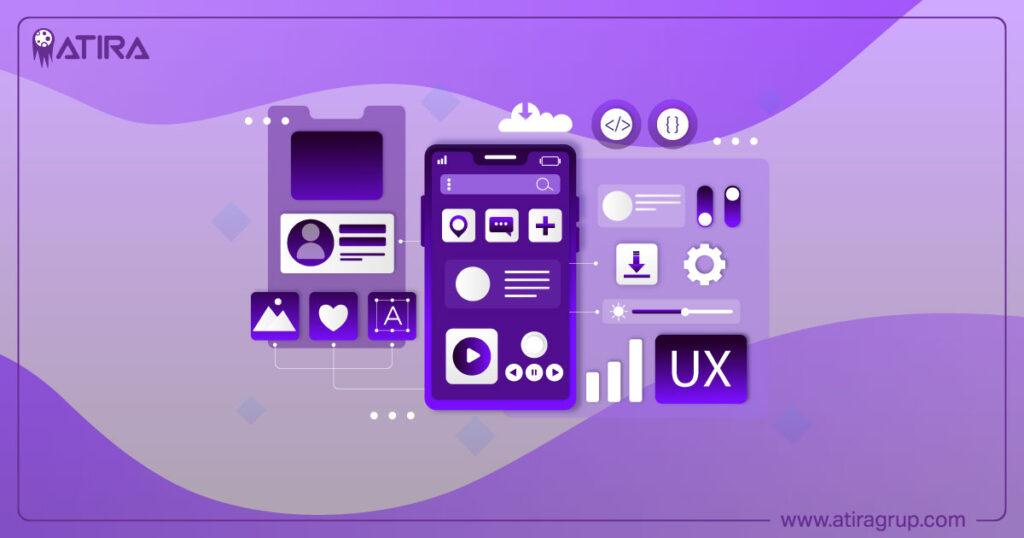
Core Principles of UX Design
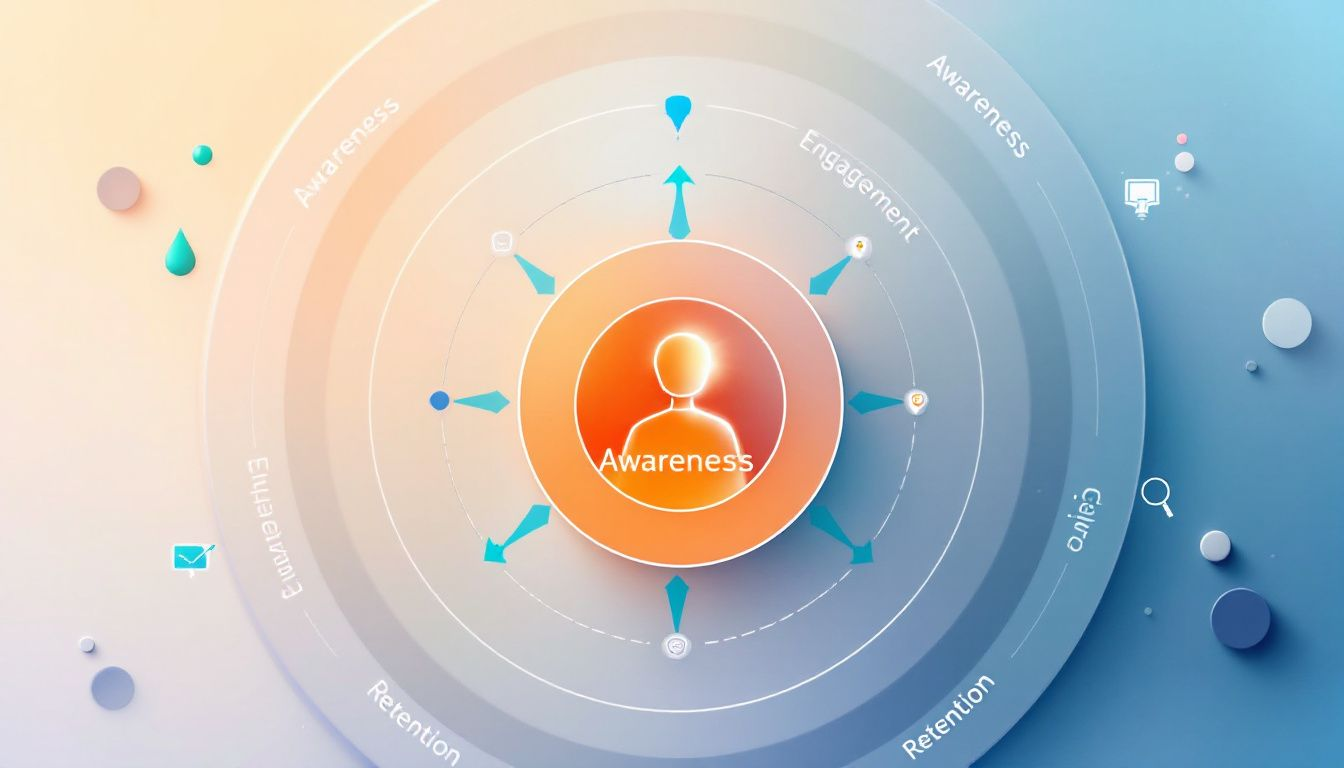
The core principles of UX design revolve around a user-centric approach, prioritizing the needs and problems of users. These principles include usability and accessibility, information architecture, and visual design and aesthetics.
Let’s explore each of these principles in detail.
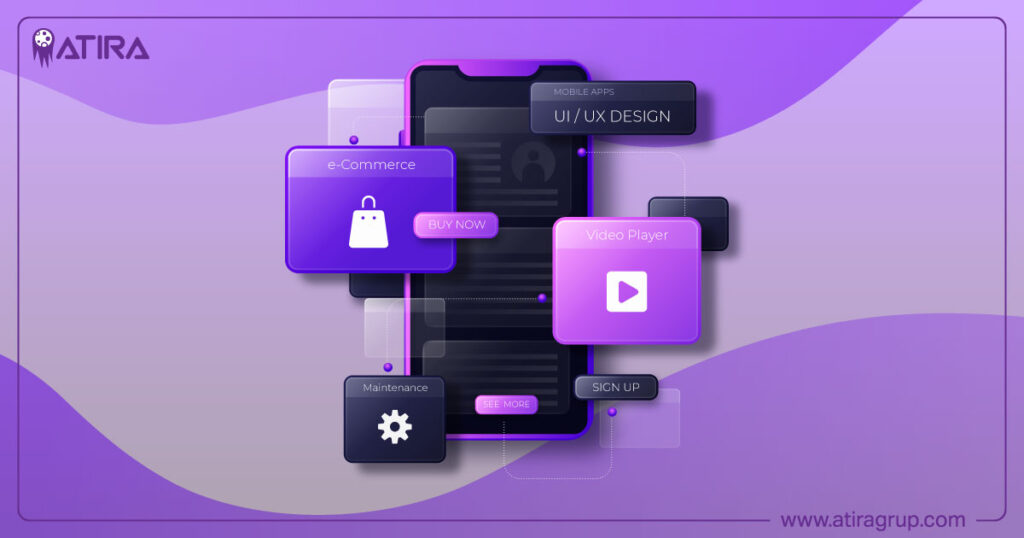
Usability and Accessibility
Usability focuses on the efficiency and intuitiveness of the user journey, ensuring users can accomplish their tasks easily. Addressing user limitations is vital in UX, where value should be discoverable and accessible through clear wording and consideration of physical limitations. Implementing strong usability can provide a significant competitive advantage for products.
Designing for accessibility means considering a wide range of abilities, including those of users with disabilities, allowing everyone to use products easily. Creating inclusive designs is an emerging trend that focuses on making products accessible for minorities but is still not widely discussed. High accessibility in design benefits all users by making products easier to use, regardless of their abilities.
UX designers employ various methods like research, user personas, and usability testing to better understand user needs. Through user research, designers identify user needs, pain points, behaviors, and goals to create effective solutions. By focusing on usability and accessibility, UX designers ensure that their designs are not only functional but also inclusive and user-friendly.

Information Architecture
Effective information architecture organizes content to facilitate user navigation and interaction. Findability refers to ease of navigation and quick access to content, which is crucial for users to locate what they are looking for efficiently. This is particularly significant for web pages, where users need to find what they are looking for quickly.
Structuring information logically and intuitively helps users navigate complex systems with ease. This not only enhances usability but also ensures that users can access the information they need without frustration.
In the end, User Experience Design is about crafting experiences that resonate deeply with users.
A well-organized information architecture is a foundational element of a successful user experience.
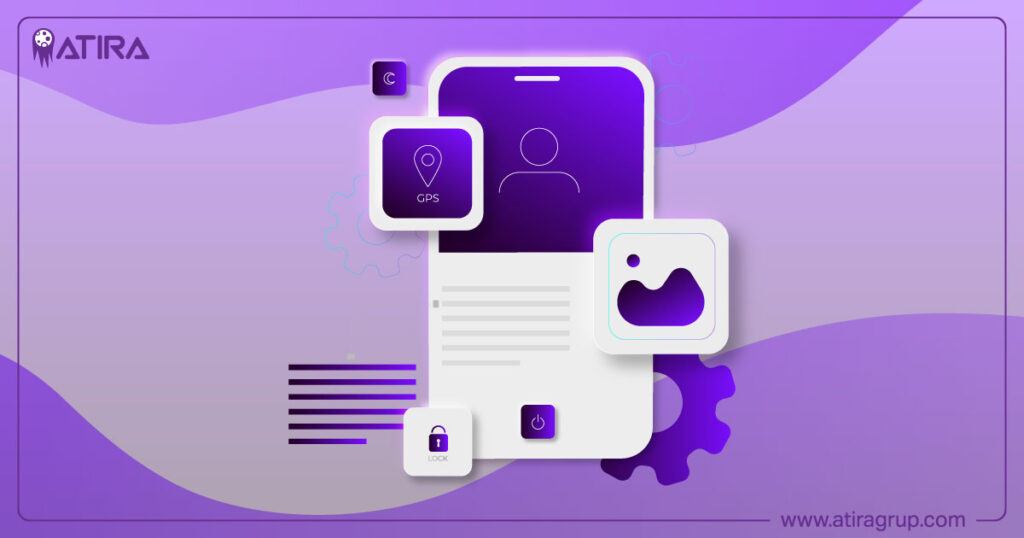
Visual Design and Aesthetics
Nearly 94% of first impressions are influenced by design elements, which significantly affects user engagement and satisfaction. The aesthetic appeal of a product can significantly influence users’ overall satisfaction. The ‘wow’ factor in UX refers to the initial impression of aesthetics, which plays a crucial role in user retention and engagement.
UI designers must consider layout, visual hierarchy, and the placement of interactive elements to ensure an engaging user experience. Successful UI designers and graphic designers possess skills in visual design, programming, and understanding user behavior. Incorporating elements like gamification can make interactions engaging and enjoyable, motivating users through well-designed experiences.
Aesthetics are important even with good usability. The emotional response that users have to an interface can influence their overall experience and satisfaction with the product. By combining visual design with usability, UX designers create products that are both functional and visually appealing, enhancing the overall user experience.

The Role of UX Designers
Understanding the nuances of User Experience Design allows designers to create more impactful solutions.
The field of UX has been expanding and redefining itself, with more new practitioners entering the profession. UX designers serve as advocates for the user, striving to enhance the overall experience with a product. Their role covers areas such as interaction design, information architecture, and usability.
User Experience Design requires a blend of creativity and analytical thinking for effective implementation.
Let’s delve into the specific responsibilities of UX designers, including conducting user research, creating prototypes, and performing usability testing.
Understanding user needs is at the core of effective User Experience Design.
Conducting User Research
Empathizing with the user is the foundation of a UX designer’s work and crucial for understanding user needs. UX designers look for opportunities, product/service standards, and technical barriers when understanding user needs. Research methods for UX design include observations, surveys, and ethnographic studies to understand user behaviors and preferences.
Performing user research collaboratively is a key activity for product managers and UX designers to ensure success. Using user personas helps UX designers tailor their designs to specific audience segments, ensuring the end product meets users’ needs and expectations. This thorough understanding of the user is what drives effective UX design.
Creating Prototypes and Wireframes
Developing prototypes and wireframes allows UX designers to visualize and iterate on design concepts effectively. Prototypes serve as a preliminary version of a product, enabling designers to explore ideas and test functionality before final implementation. This iterative process helps in identifying potential issues early and refining the design based on user feedback.
Wireframes, on the other hand, provide a skeletal framework of the product, outlining the structure and layout without the distraction of visual design elements. They are essential tools in the design thinking process, helping designers to focus on the user flow and functionality.
Creating detailed prototypes and wireframes ensures that the final product is well-thought-out and user-centric.
Good User Experience Design not only meets user needs but also drives business success.
Performing Usability Testing
Usability testing is a critical process in UX design that focuses on evaluating a product by testing it with real users. This method helps in pinpointing specific user issues when interacting with a prototype, allowing designers to make necessary adjustments before final implementation. Conducting usability tests allows designers to gather valuable user feedback and identify areas for improvement.
Identifying and resolving user issues through usability testing is essential to ensure a smoother user experience prior to final implementation. This process involves observing users as they interact with the product, noting any difficulties or frustrations they encounter. The insights gained from usability testing can significantly enhance the overall user experience, leading to a more successful and user-friendly product.

User Experience Design plays a pivotal role in retaining customers, making it a key focus for businesses today.
Prioritizing User Experience Design leads to creating products that stand out in a crowded market.
The Value of Good UX
Investing in quality UX design boosts customer retention and encourages repeat business. Good UX is not just about making products look good; it’s about creating experiences that meet user needs and expectations.
Let’s explore how good UX enhances customer satisfaction and drives business success.
Enhancing Customer Satisfaction
A well-designed user experience leads to increased customer loyalty. When users find a product easy to use and enjoyable, they are more likely to return and recommend it to others. An efficient user experience significantly reduces the effort needed for task completion, leading to higher satisfaction.
Personalizing user experiences can enhance customer satisfaction and foster brand loyalty. Successful UX implementations often utilize gradual engagement to enhance user retention. For instance, Duolingo enhances user motivation by allowing new users to establish personal language learning goals. These personalized experiences make users feel valued and understood, further driving loyalty and satisfaction.
Driving Business Success
Effective UX design directly correlates with higher conversion rates and revenue growth. Strategic improvements in user experience can lead to conversion rate increases of up to 400%, enhancing overall business performance. When users have a positive experience with a product, they are more likely to make a purchase and remain loyal customers.
Investing in user experience not only boosts customer satisfaction but also significantly contributes to business success through enhanced metrics. Most companies now recognize the importance of UX in achieving their business goals. By focusing on the user experience, businesses can build a strong customer base and drive long-term success.
Examples of Effective UX
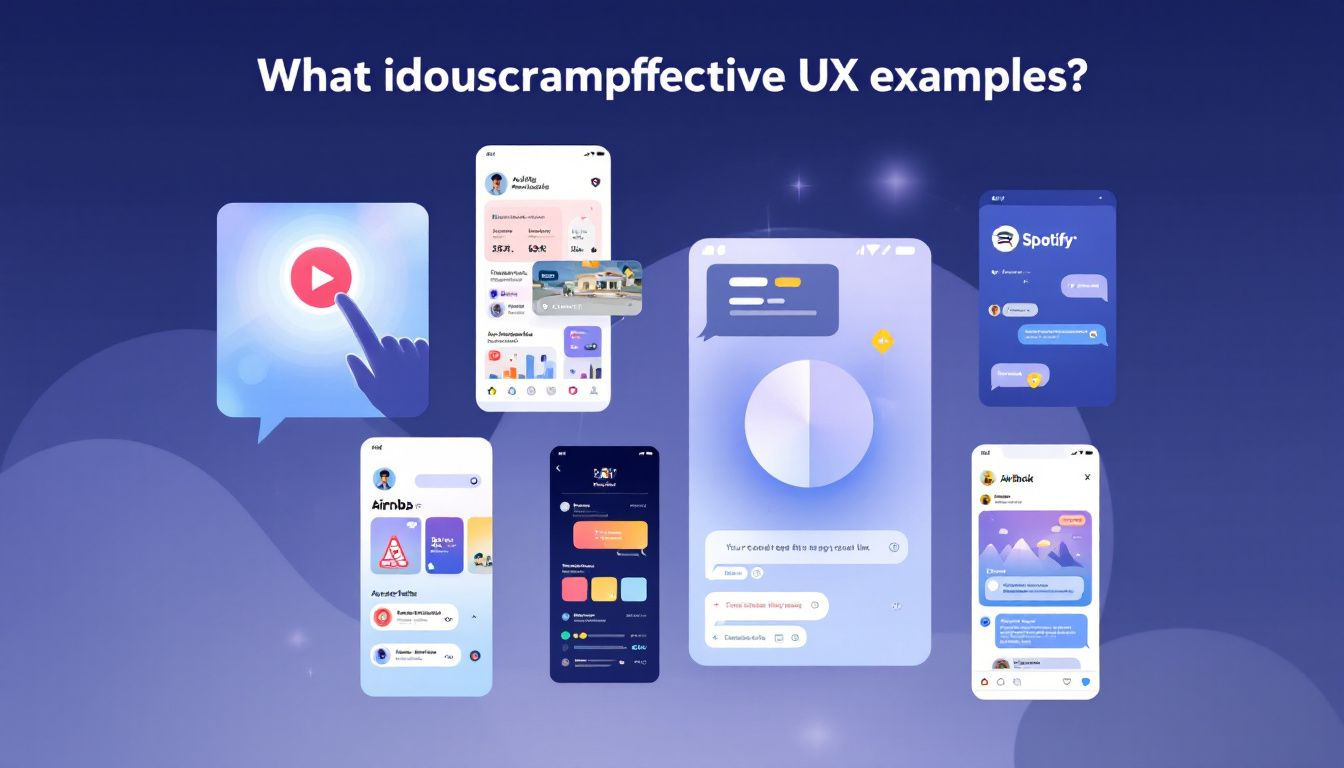
Real-world examples of successful user experience implementations illustrate best practices and lessons learned in UX design. Let’s look at two standout examples: Duolingo’s user onboarding and Amazon Prime’s 1-Click Purchase.
Duolingo’s User Onboarding
Duolingo’s onboarding process breaks down the process into three easy questions with immediate engagement, postponing registration until necessary. This approach makes the onboarding experience intuitive and enjoyable, focusing on gradual engagement without immediate payment requirements. By engaging new users effectively, Duolingo ensures that they are motivated to continue using the mobile apps.
The onboarding process is essential for engaging new users effectively. A smooth and engaging initial experience sets the stage for long-term user retention at Duolingo. This example highlights the importance of a well-designed onboarding process in creating a positive first impression and fostering user loyalty.
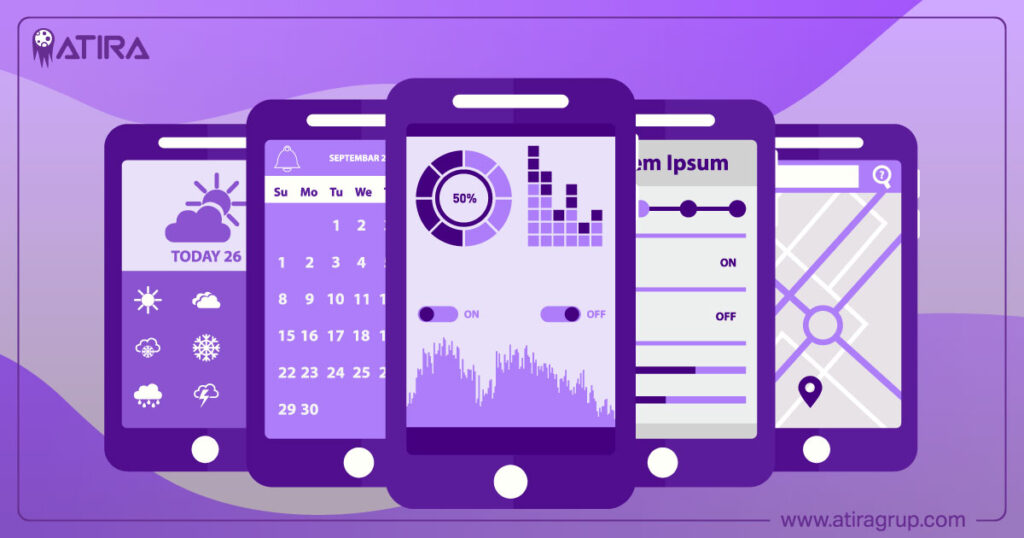
Amazon Prime’s 1-Click Purchase
Amazon Prime’s 1-Click Purchase simplifies the online shopping experience, allowing users to make quick transactions with minimal effort, enhancing user satisfaction. This feature minimizes the steps needed for transaction completion, streamlining the buying process for users. The simplicity of the 1-click purchase feature increases the likelihood of impulse buying, effectively contributing to user satisfaction and loyalty.
Amazon Prime offers several key features that enhance the user experience. These include one-day delivery, free two-day shipping, film streaming, music streaming, and unlimited cloud storage. These features make the overall experience intuitive and addictive, leading to higher engagement and satisfaction.
Amazon Prime’s success demonstrates the power of effective UX design in driving user satisfaction and business growth.

How to Start Learning UX Design
Investing in User Experience Design ensures that products resonate with users on multiple levels.
Anyone can enter the UX design field without prior experience or a formal design qualification. The first step in starting a career in UX design is determining if it’s the right path for you.
Let’s explore essential tools and skills, how to build a strong portfolio, and the benefits of leveraging online courses.
Essential Tools and Skills
Staying updated with the latest trends in User Experience Design can help professionals remain competitive.
Familiarity with tools like SurveyMonkey for research and Figma for wireframing is crucial for UX designers. These tools aid in gathering user feedback and visualizing design concepts, making them essential for informed decision-making. In UX design, having the right tools can significantly enhance the effectiveness of the design process.
User Experience Design is an ongoing process that adapts to changing user needs and expectations.
Skills such as user research, prototyping, and usability testing complement the use of these tools and are vital for effective UX design. By mastering these tools and skills, aspiring UX designers can create user-centric designs that meet user needs and expectations.
Building a Strong Portfolio
Choosing the right projects for your portfolio is essential; select those that showcase a range of skills and solutions you’ve provided. Make sure to align your project selections with the type of roles you are targeting in the UX field. Utilize diverse formats in your portfolio such as case studies, interactive prototypes, and visual storytelling to communicate your projects effectively.
With User Experience Design, the focus is on mitigating user frustration and maximizing satisfaction.
Articulating the value of User Experience Design is crucial for stakeholders to understand its importance.
Successful User Experience Design can enhance brand loyalty by creating emotional connections with users.
Clearly outline your design process for each project, detailing your methods and the decisions made throughout. Include measurable results to demonstrate the impact of your design decisions, such as improved user engagement or conversion rates.
The process of User Experience Design often involves collaboration with diverse teams and stakeholders.
Regularly review and update your portfolio to incorporate your most recent work and new skills you’ve acquired.
Leveraging Online Courses
Online courses offer a structured way to learn UX design, making the educational journey more efficient and comprehensive. Platforms like Coursera and General Assembly provide immersive classroom training and specific certifications like the Google UX Design Professional Certificate. These courses often cover essential tools and skills for UX design, including software training and design methodologies.
Taking online courses equips students with the knowledge and experience necessary to create a compelling UX portfolio. By leveraging online courses, aspiring UX designers can gain the skills and credentials needed to succeed in the field of UX design.
Summary
User Experience (UX) design is a multifaceted discipline that encompasses the totality of interactions a user has with a product or service. From understanding the fundamental concepts of UX to exploring real-world examples and learning how to start a career in UX design, this blog post has provided a comprehensive overview of the field. By focusing on usability, accessibility, information architecture, and visual design, UX designers can create products that are both functional and enjoyable to use.
Understanding the role of User Experience Design can help differentiate between a good and a bad product experience.
Investing in quality UX design not only enhances customer satisfaction but also drives business success. By understanding and applying the principles of UX design, businesses can build strong customer relationships and achieve long-term growth. Whether you’re a budding designer or simply curious about the field, the knowledge and insights gained from this blog post will help you appreciate and apply UX design principles in your own work.
Read more about Corporate Identity

Frequently Asked Questions
What exactly does a UX designer do?
A UX designer focuses on creating the overall look and feel of products, websites, or apps, collaborating with teams to develop high-fidelity screens and prototypes. Their goal is to ensure that the final product is user-friendly and visually appealing.
What are the 5 elements of user experience?
The five elements of user experience are strategy, scope, structure, skeleton, and surface. Understanding these can really enhance how users interact with your product.
What is UX vs UI?
UX is all about the overall experience you have with a product, while UI focuses on the specific visual elements you interact with, like buttons and menus. In short, good UI enhances the UX!
What is User Experience (UX) design?
User Experience (UX) design is all about creating and improving how users interact with a product or service to ensure they have a positive experience. It’s really about putting the user’s needs at the forefront.
How does UX differ from UI?
UX is all about the user’s experience and how they feel while interacting with a product, whereas UI is focused on the look and feel of the interface itself. So, think of UX as the journey and UI as the vehicle that gets you there!


